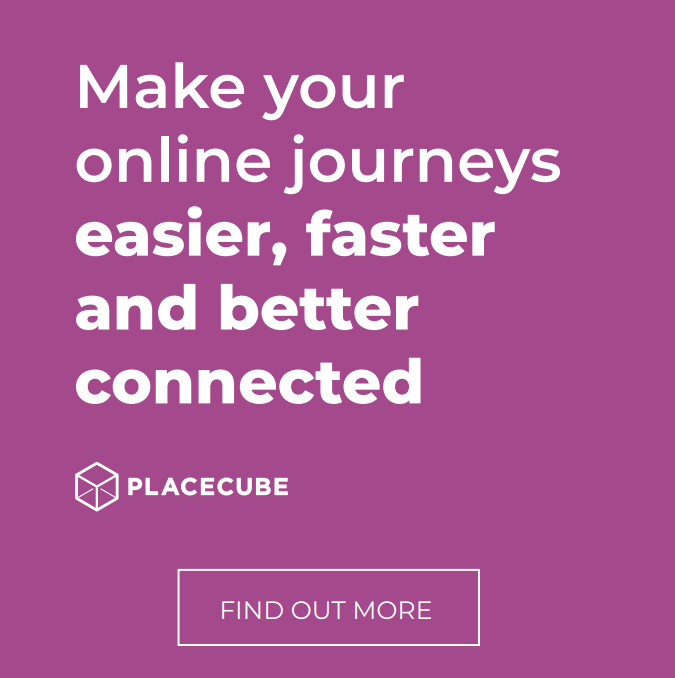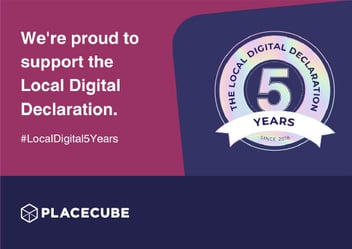Every great experience keeps customers at the centre. Placecube has supported our public sector clients, including local authorities and the communities they serve, for over twenty years. In that time, we have developed a real understanding of the role customer experience plays in digital journeys. There is a real necessity for well-designed digital services that are fit for the purpose of the customer. A key capability of any Digital Experience Platform is being able to personalise the experience of the customer.
Customers are far more likely to engage with your organisation when the information being presented to them is relevant to their circumstances or needs, and so personalisation is an important tool in the armoury of your digital team.
Digital Place provides several features to help digital teams deliver a personalised and more relevant user experience. In this blog, Matt Fulford, Chief Technology Officer, Placecube outlines some of the key personalisation features that Digital Place offers, and explores how these can benefit your organisation.
User segmentation for relevant content delivery
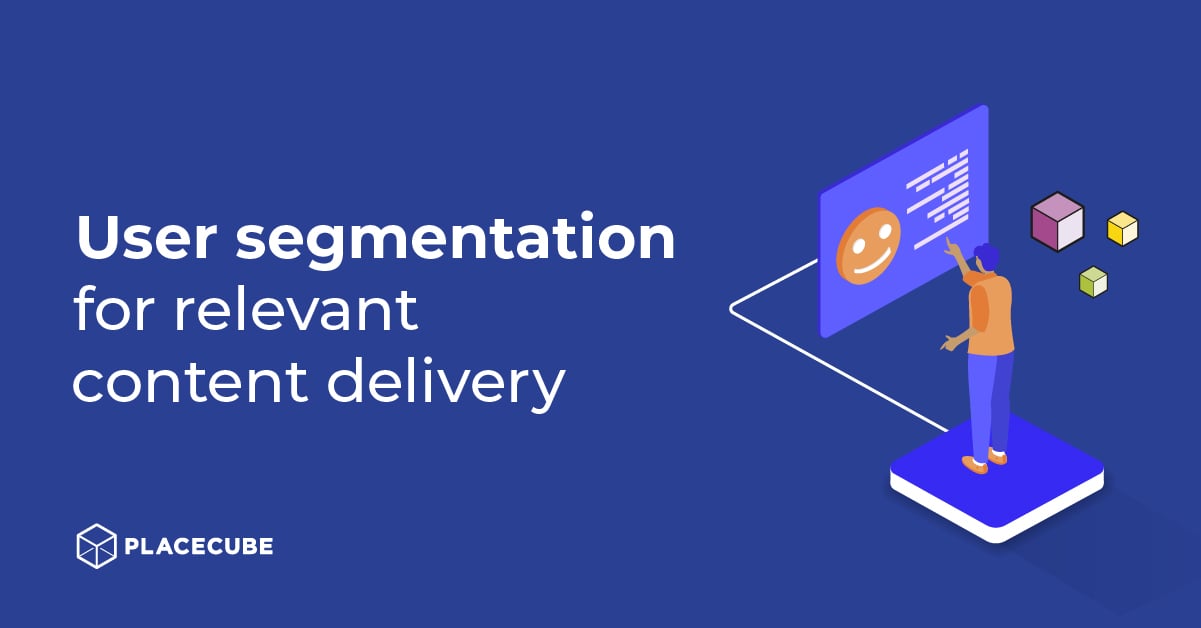
Presenting relevant content is essential to the user and their overall journey. Irrelevant material can cause frustration, and therefore honing in on what the user actually wants, needs and is relevant is key to delivering a positive experience.
Digital Place allows you to define any number of user segments, each with rules that describe the types of website visitor to place in that segment. User segmentation is the process of identifying common interest groups within your overall audience, and ‘segmenting’ website visitors into these groups - for the purpose of matching and delivering relevant content.
Example user segments and personalisation use cases for a local authority digital platform might include:
- Business person - show more business-related content, such as sign-posting to the council’s business content pages, or promoting sign-up to an online business account.
- Parents - promote local events for families, or additional sign-posting to schools and education content.
- Council tax paper billing - promote e-billing sign-up for customers that are still receiving paper bills.
- Resident in financial difficulty - sign-post pages for financial support, such as financial help content and directories of local organisations offering support.
- Resident of a particular council ward - show services and events taking place in the resident’s local area.
The rules which make up user segments can inspect a variety of information about a website user, either logged in to their customer account or anonymously browsing the site. Rules can be derived from the user’s session, such as the type of device they’re using or their geographic location, or they can leverage information from a customer’s online account, or they can be based on previous behaviour while using the digital platform. Behavioural rules might include whether or not the visitor has visited a particular page or section of the website recently, or whether a particular form has been submitted.
Personalised page versions through experiences
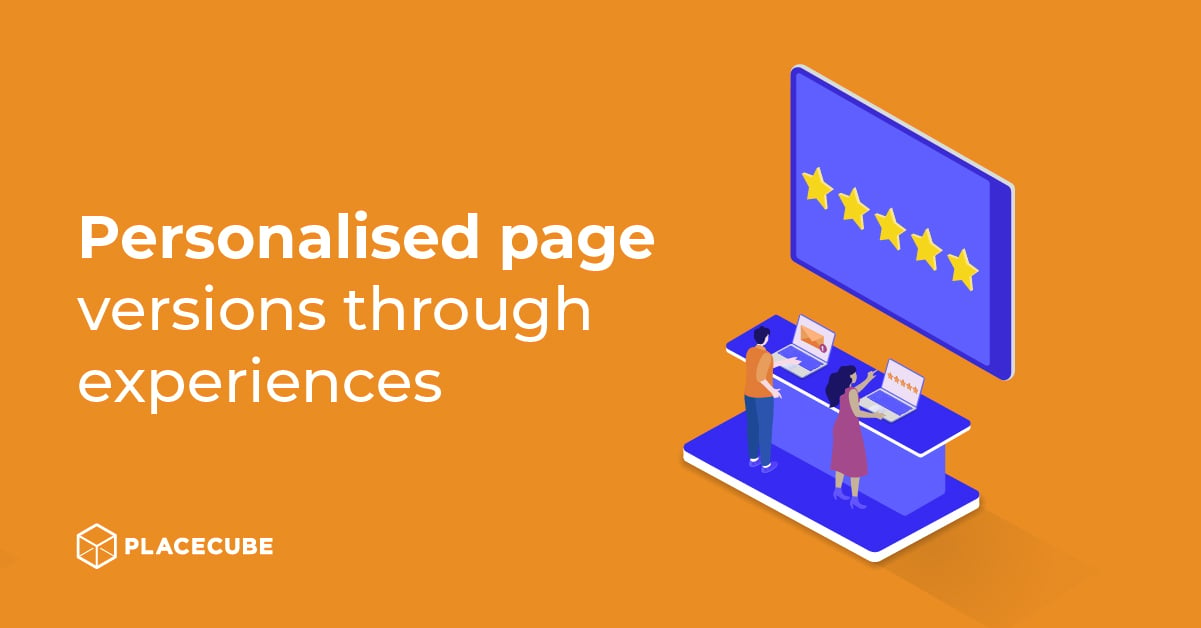
When user segments have been defined, personalised versions of pages can be created - these are called Experiences. An experience is a version of a page that is intended for a specific audience, and may only have subtle changes from the primary version of that page or could be completely different. When a user visits a page that has experiences defined, the experience matching the user’s segments will be rendered. This creates a bespoke feel for the user that delivers relevant, meaningful information.
Presentation of personalised collections
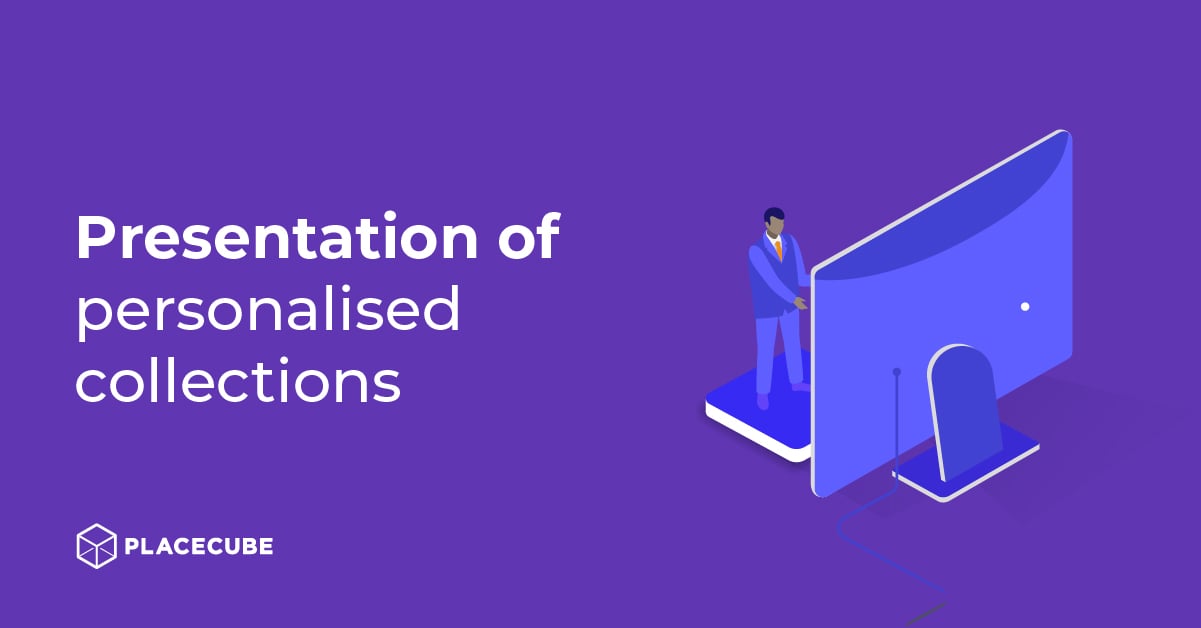
Often users will need access to a list of assets, such as latest news, car parks, libraries, or councillors. Collections are used to present this information and can also be personalised based on the viewing user’s segments.
A personalised collection usually involves setting a different set of rules for the assets displayed by the collection, such as additional tags or categories. When a collection that has a personalised variant is displayed to a user, the variant that matches the user’s segments will be presented.
For example, you may have a collection called ‘Popular Pages’ which displays links to the most popular content on the home page. This collection could be personalised for different audiences, so that the links presented are more relevant to the viewing user.
Simulate pages before going live
While the digital team is building pages using these personalisation features, they’re able to simulate the pages using any given user segment. This allows the digital team to check that any personalised journeys function as expected, before publishing any changes to the live site thus avoiding any glitches for the user in real time.
Create the roles you need

In addition to personalisation through user segmentation, user experiences for logged in customers and staff can be tailored through the use of roles. Any number of roles can be created, and associated with users. These roles can then be used to control the visibility of particular content or other assets, in order to build up personalised views of web pages. Roles can also be used within digital services, for example to control the visibility of form pages or form fields.
By combining these tools, personalisation can be achieved for both authenticated and unauthenticated users, and it’s important to recognise that users will typically need to provide consent in order for their information to be used in this way. Consent can be obtained using a number of methods, which can be configured by your digital team in the way you want.
In conclusion, personalisation will create a more relevant user experience. Through understanding your user, their behaviour, motivations and context of use coupled with our personalisation features - a more relevant experience can be cultivated creating better engagement and outcomes for all. You can read more about how we work with our public sector customers to co-create open and connected platforms in, ‘What is a cube?” and discover more through reading, “Why we need a new approach to digital.”
Placecube has been supporting public sector organisations and communities on developing well-designed digital journeys for many years. If you would like to learn more and you think we might be able to help, we’d love to hear from you. Have a look at Digital Place or drop us an email at enquiries@placecube.com.
.png?width=1480&height=347&name=Placecube-Horizontal-BLK_4x%20(1).png)



